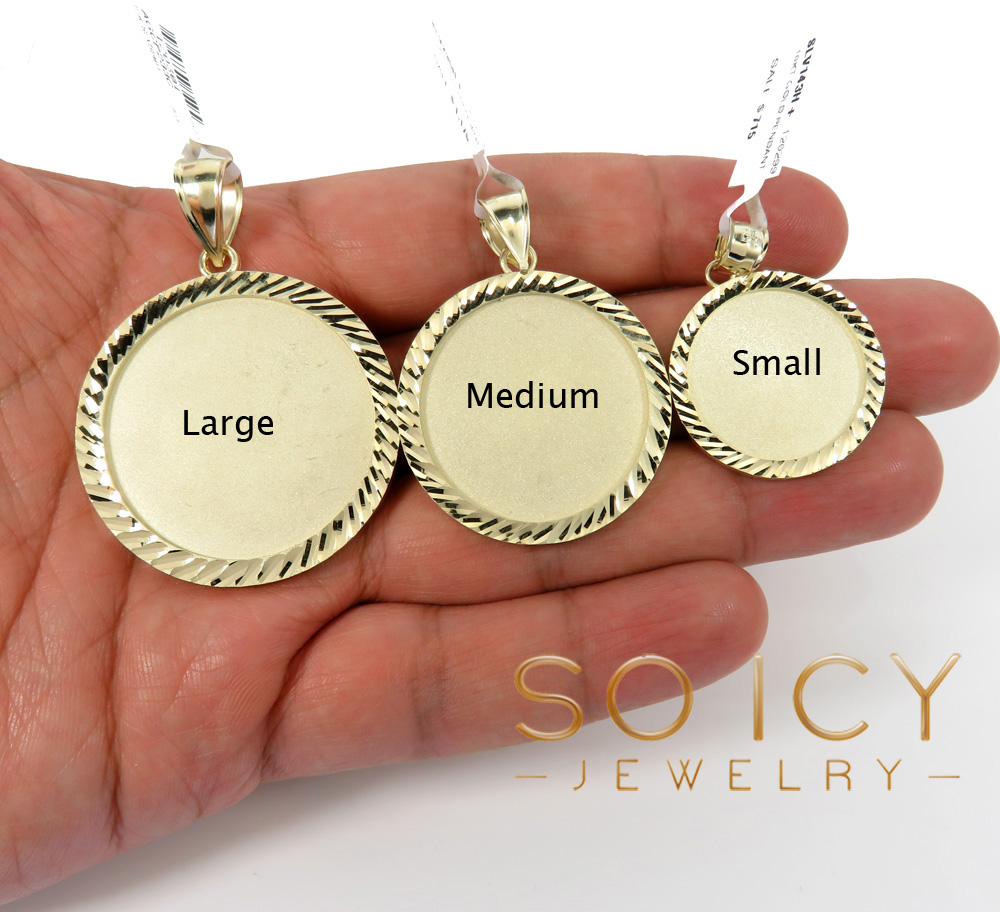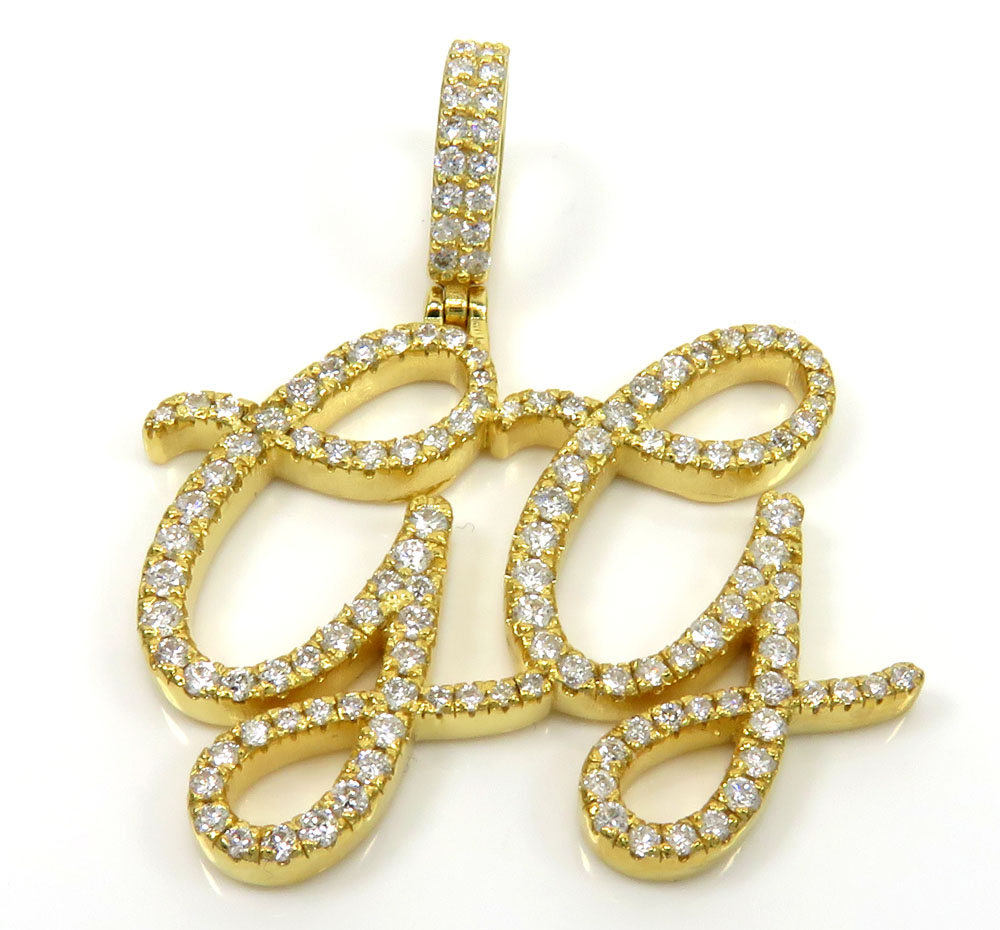In the dazzling world of bling and shine, there’s a new star rising, drawing the attention of discerning jewelry aficionados to ethical and sustainable custom jewelry. Not only does this trend resonate with the heartstrings of the environmentally-conscious, but it also speaks to those seeking unique, personalized pieces that tell a deeper story. In this article, we shall delve into the transformative part of ethical and sustainable custom jewelry, particularly fastening on custom diamond jewelry and custom jewelry for men.

The Shift towards Ethical Custom Diamond Jewelry
Custom diamond jewelry has long been a coveted possession, synonymous with luxury, love, and status. However, with rising awareness about the socio-environmental costs of traditional diamond mining, the appeal of these sparkling rocks has been somewhat dimmed. Enter ethical diamonds.
Ethical diamonds, also referred to as conflict-free diamonds, are sourced following strict guidelines that ensure the protection of the terrain, as well as the rights and well-being of miners and local communities. The provenance of each gravestone is pivotal, icing that every piece does not just look good, but also feels good to wear.
When these ethical diamonds are incorporated into custom jewelry pieces, it amplifies the emotional and novelettish value manifold. Imagine wearing a custom diamond pendant or ring, knowing that its beauty has not come at the cost of mortal rights violations or environmental degradation. This element of conscience makes ethical custom diamond jewelry an unequaled choice for those seeking meaning and depth in their adornments.
Sustainable Practices in Custom Jewelry Making
Jewelry isn’t only a hallmark of beauty and particular expression but also has the implicit to impact the environment and communities, positively or negatively, depending on its product and sourcing styles. As a result, the emphasis on sustainable practices in custom jewelry making has surged in recent times. Sustainability in this environment is a holistic approach that considers jewelry products’ environmental, social, and profitable dimensions. Let’s delve into these practices that are reshaping the custom jewelry industry.

1. Ethical Sourcing of Materials
- Conflict-Free Diamonds: One of the significant concerns in diamond sourcing is the trade of diamonds funding fortified conflict. To tackle this, jewelers are increasingly adopting and promoting the use of conflict-free diamonds, ensuring they originate from areas free of warfare and human rights abuses.
- Fair-Mined and Recycled Metals: Just as with diamonds, the mining of metals can inflict havoc on ecosystems and communities. Jewelers are now turning to fair-mined gold and other metals, which are extracted under strict standards to support miners. Additionally, recycled metals, deduced from pre-existing jewelry or electronic bias, are gaining popularity due to their reduced environmental footmark.
2. Reducing Wastage
Custom jewelry often implies casting a piece from scratch. Sustainable jewelers use advanced technology to plan cuts strictly, ensuring minimum wastage of precious materials.
3. Sustainable Packaging
The emphasis isn’t just on the jewelry but also on how it’s presented. numerous jewelers are transitioning to eco-friendly packaging made from recycled or biodegradable materials.
4. Lab-overgrown rocks
Technological advancements have made it possible to produce rocks in labs. These rocks are nearly indistinguishable from their naturally occurring counterparts but are cultivated without the environmental and social damages frequently associated with mining.
5. Embracing Traditional Artificer
By fastening on handwrought pieces, jewelers reduce the carbon footmark that machinery and mass production can number. This also supports original crafters and keeps traditional jewelry-making techniques alive.
6. Transparency and Traceability
One of the keystones of sustainability is transparency. Consumers today want to know where their jewelry comes from, who made it, and under what conditions. QR codes, blockchain technology, and detailed sourcing charts are being employed to track the journey of a piece from mine to market.
7. Community Development
Sustainability also encompasses the well-being of communities involved in the jewelry supply chain. Brands are taking initiatives to invest in local communities, ensuring fair wages, proper working conditions, and developmental opportunities.
8. Education and Awareness
Many sustainable jewelers take it upon themselves to educate customers about the significance of sustainable practices, the issues with the conventional jewelry industry, and how making ethical choices can make a difference.
9. Collaborative Efforts
Jewelers are joining global movements and certifications, like the Responsible Jewelry Council, to regularize and promote sustainability across the industry.
10. Continuous Improvement
The actual substance of sustainability lies in nonstop enhancement. Forward-thinking jewelers are constantly reconsidering their practices, looking for areas of enhancement, and integrating the latest sustainable inventions into their process.
Custom Jewelry for Men Breaking Conceptions with Sustainability
Historically, jewelry has often been associated with women. However, the 21st century has seen a significant shift in this narrative. Today, custom jewelry for men isn’t just accepted; it’s celebrated. The options are different and exquisite, from rings and irons to chokers and cufflinks.
And just like their female counterparts, men too are leaning towards ethical and sustainable choices. Ethical gold cufflinks, sustainably- sourced rock rings, and conflict-free diamond-speckled irons are making their way into the wardrobes of the contemporary man. The inclination isn’t just about fashion, but also about making a statement about responsibility, awareness, and choice.
The Future is Customized, Ethical, and Sustainable
The global trend suggests that consumers are getting more discerning and value-driven. As custom jewelry allows for particular expression and storytelling, the objectification of ethical and sustainable elements makes it even more poignant.
Brands are realizing this and actively ensuring that their custom pieces, whether for men or women, are crafted responsibly. From sourcing to product, transparency is crucial. Buyers want to know the journey of their chosen piece – from the mine or lab to the showcase.
Moreover, as technology advances, we can anticipate even more sustainable alternatives in the jewelry industry. From 3D-published jewelry using recycled materials to virtual pass-ons that reduce the need for physical samples, the possibilities are endless.
Conclusion
Ethical and sustainable custom jewelry isn’t just a trend; it’s a testament to the evolving knowledge of consumers. It’s about celebrating beauty, creativity, and individuality without compromising on ethics or the environment. Whether it’s a piece of custom diamond jewelry or an exquisite item from the range of custom jewelry for men, the ultramodern consumer wants it to resonate with their values, making each piece not just a statement of style, but also of purpose.
